
How Workspace Design Can Learn from Other Industries
The concept of environments being purpose-built is nothing new, but in the last few years, the idea of purpose has taken on new meaning. While in basic terms, a building’s purpose is to provide for its inhabitant’s needs, for the workplace, it’s to provide a safe and productive environment for employees, partners and clients. What does this mean, then, for buildings with other purposes?
With the rise in hybrid, remote and flexible working, businesses need offices to have a greater purpose than ever before to remain viable. While the world of workspace design recognises the importance of implementing new initiatives and many workspaces make strides forwards in this space, a recent McKinsey survey found that many companies have yet to fully embrace the comprehensive range of capabilities necessary for creating an exceptional workplace experience, despite the potential benefits. This reluctance may stem from long-held beliefs that prioritise profit over people, or just that implementing best-in-class work environments often requires substantial financial investment.
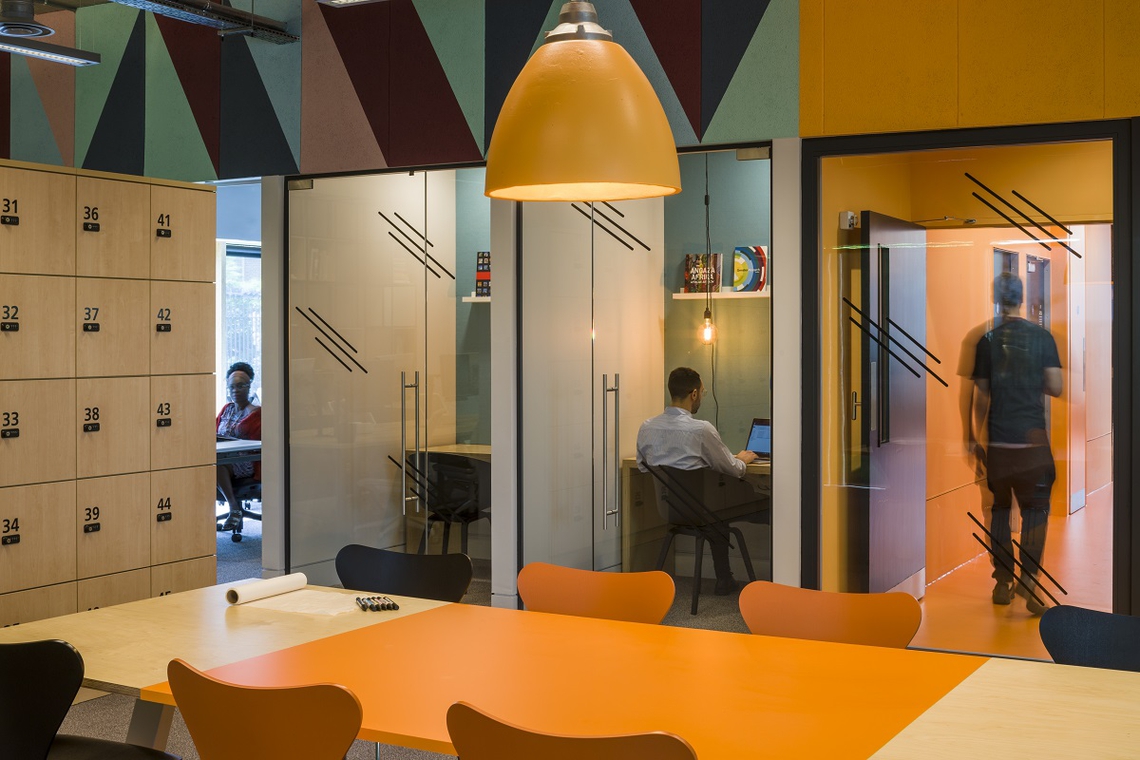
Although the potential benefits of implementing innovative design principles are widely acknowledged, fostering a cultural shift that encourages businesses to invest remains a gradual process. A promising approach for businesses to witness tangible benefits is to draw inspiration from other industries, examining their design purposes and leveraging valuable insights from various sectors.
By embracing ideas and practices from a range of industries, workspace designers can elevate productivity, foster creativity, promote employee wellbeing, and ultimately drive success. This approach allows designers to venture forth on their design journey with confidence, armed with valuable insights that can transform workspaces into vibrant and thriving environments.
In this article, we outline several areas where workspace design can benefit greatly from learning and applying principles from other industries.
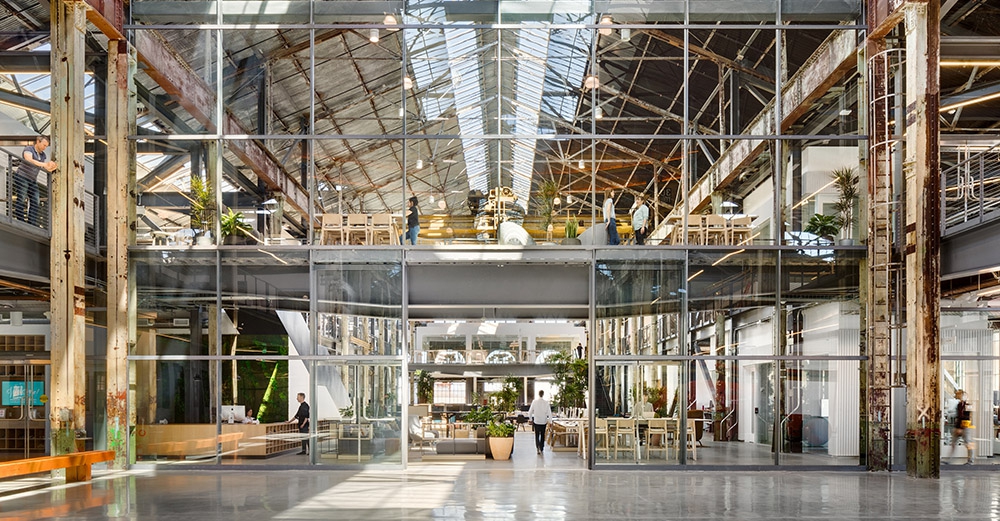
Hospitality and Retail
The hospitality and retail industries excel in creating welcoming and engaging environments for customers, shifting from service as a purely transactional interaction to providing an experiential space for their customers. Just as the workplace has previously focused on productivity and profit, the shift in the retail and hospitality sector can clearly support the importance of providing a holistic workplace environment that focuses on giving a valuable experience.
The retail and hospitality sectors have shifted their focus towards implementing new strategies aimed at enhancing customer attraction and retention. They recognise the importance of factors such as dwell time and return rates. By prioritising these aspects, these sectors strive to improve customer experiences, build loyalty, and create long-term value for customers.
Workspace design can adopt this approach by making the office a destination space and experience multiplier, enhancing employee’s overall workplace experience, which draws hybrid workers back into the office out of choice. Designs that prioritise a sense of culture and grants access to many amenities while offering a highly personalised experience can lead to greater levels of employee loyalty, engagement and job satisfaction.
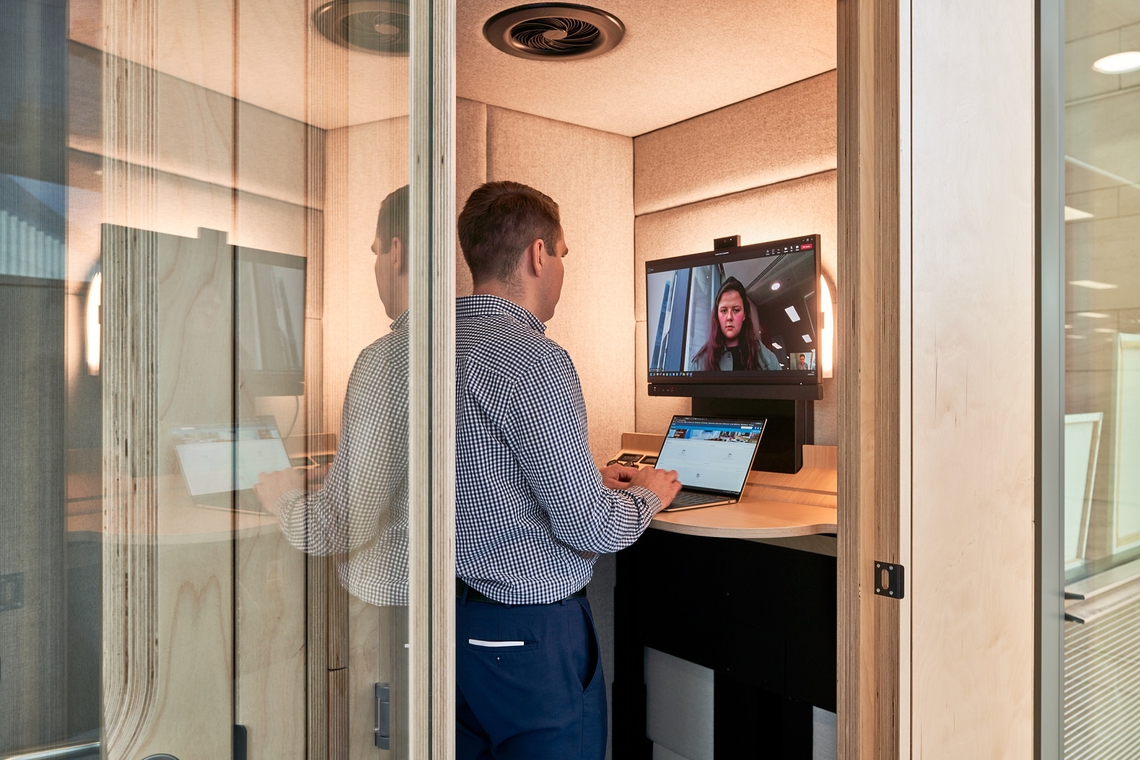
Healthcare
The healthcare industry uses ergonomic and universal design principles to promote safety and wellbeing. Workspace designers can learn from the healthcare business by focusing on implementing principles that focus on encouraging good health and wellbeing in the workspace, implementing adjustable furniture, proper lighting, and ergonomic workstations to promote employee comfort and reduce the risk of injuries.
Healthcare prioritises calm, clean environments that cater to individual needs. Applying empathetic design principles to the workspace can similarly support employee wellbeing and create a nurturing atmosphere.
The growing emphasis on employees' mental health is complemented by the adoption of biophilic and natural design principles, incorporating green spaces and natural lighting to boost wellbeing. Incorporating softer, earthy colour palettes, furniture or art inspired by nature, and organic designs in the workspace has been shown to enhance overall wellbeing. This approach creates an environment that fosters a greater sense of physical and mental wellness among employees, contributing to a healthier and more productive work atmosphere.
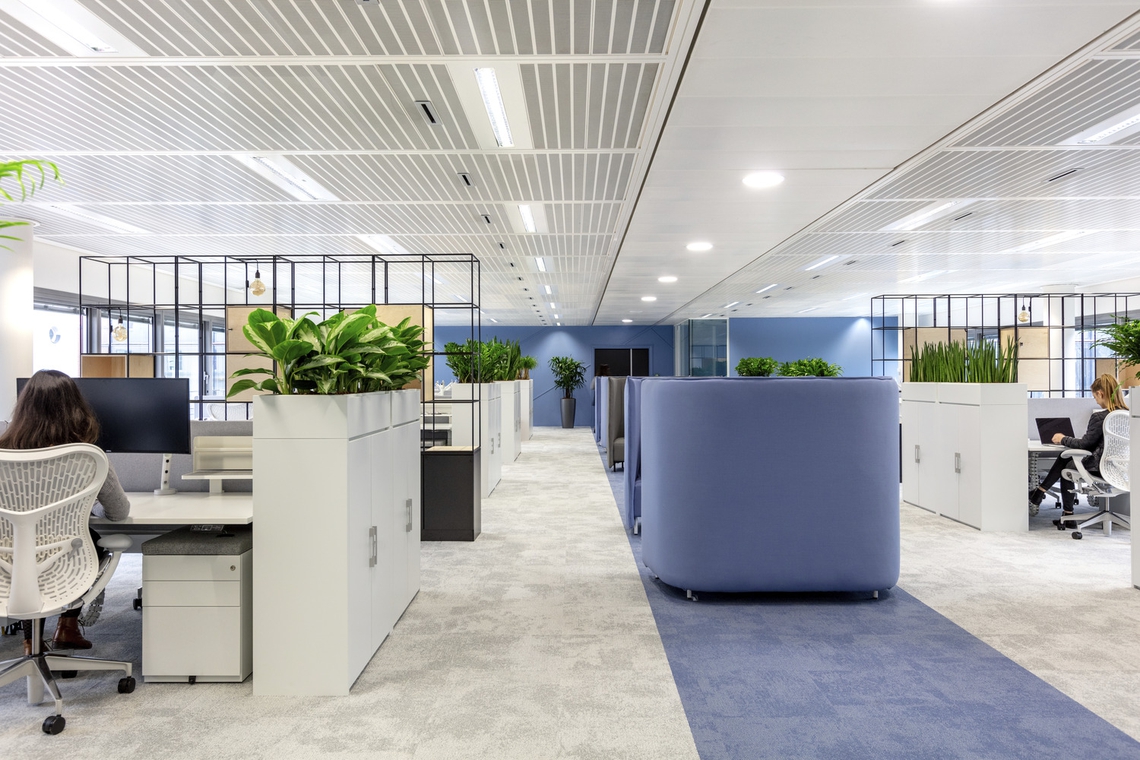
Education
The education sector is directly comparable to the workplace when taking into account the impact of the pandemic. The US Department of Education pointed to data collected pre and post pandemic, which clearly showed that in-person learning resulted in improved academic outcomes, greater levels of student engagement, higher attendance rates and better social and emotional wellbeing.
Some areas where educational institutions thrive in their design is through their investment in outdoor space and biophilia, integrated technology and the use of moveable and flexible furniture, which encourages fluidity, community, collaboration and connection. It will come as no surprise that a focus on creating multi-purpose spaces, zones and areas are key to keeping students engaged and personalisation through design choice has a significant impact on productivity and promote collaboration and knowledge sharing – benefits workplaces are seeking too.

Technology and Start-ups
The technology and start-up sectors prioritise innovation, flexibility, and adaptability. So too, do workspaces. In line with some incredible innovations and advancements, today’s workspaces, although more dynamic and interactive than ever before, need to integrate innovative new systems[ATB1] , principles and technology to remain agile, future-proof and appeal to younger generations of talent.
Workspace design can learn from tech and start-ups by adopting agile principles, incorporating modular furniture, flexible layouts, and adaptable spaces that can be easily reconfigured to meet changing needs. The New Landscape for Work ties together these principles of innovation and flexibility, creating spaces within spaces and facilitating creativity.
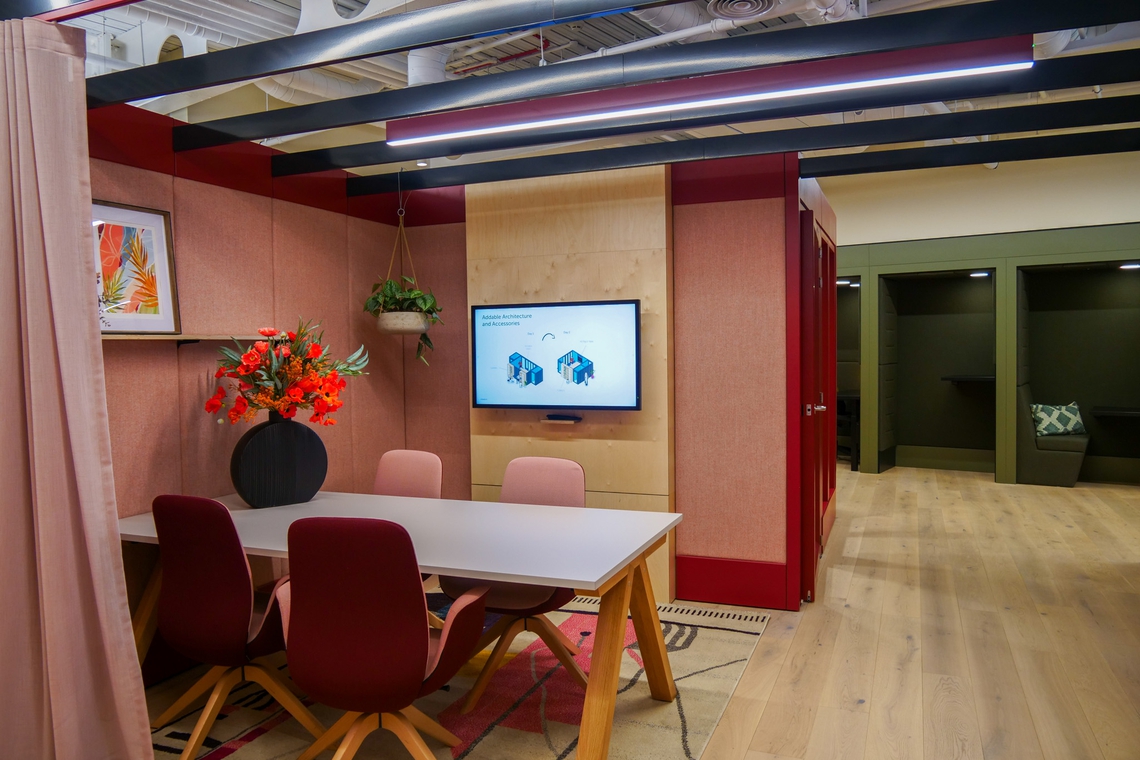
Arts and Culture
The arts and culture industries focus on aesthetics, inspiration, and storytelling. Workspace design can draw inspiration from these sectors and apply it to the importance of a creating strong brand identity and reflecting this in office design. By creating visually appealing and inspiring environments. Incorporating art, murals, and creative installations, offices can stimulate creativity, spark imagination, and contribute to a positive and engaging work atmosphere, impressing partners, clients and employees all at once.
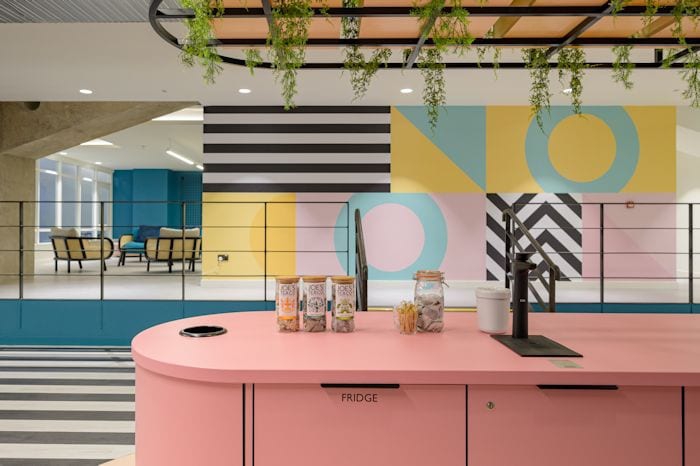
Great workplace design has plenty of potential benefits, and will be the difference between brands that thrive and struggle in the pivotal coming years. Incorporating principles from other industries can not only revolutionise the employee and client experience, but create environments that are functional, efficient, productive and profitable. By embracing innovation and adapting successful practices from other sectors, workspace designers can shape the future of workspaces and indeed, the role of the office into the future.
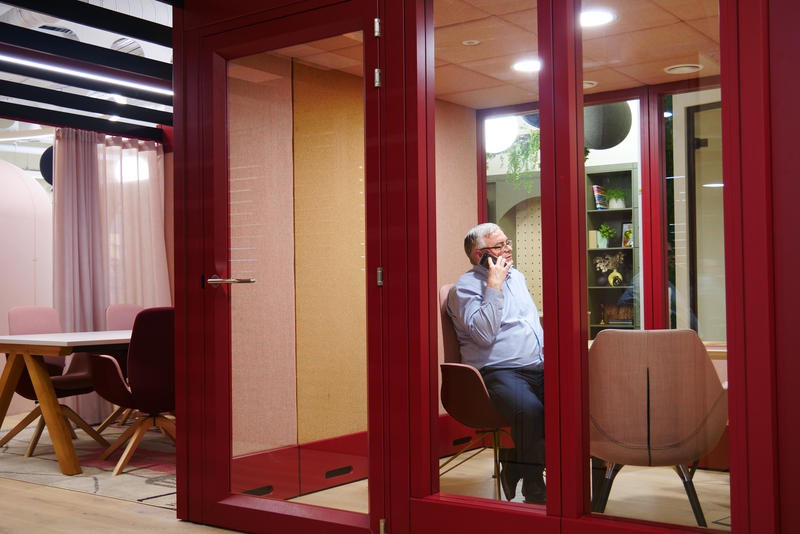

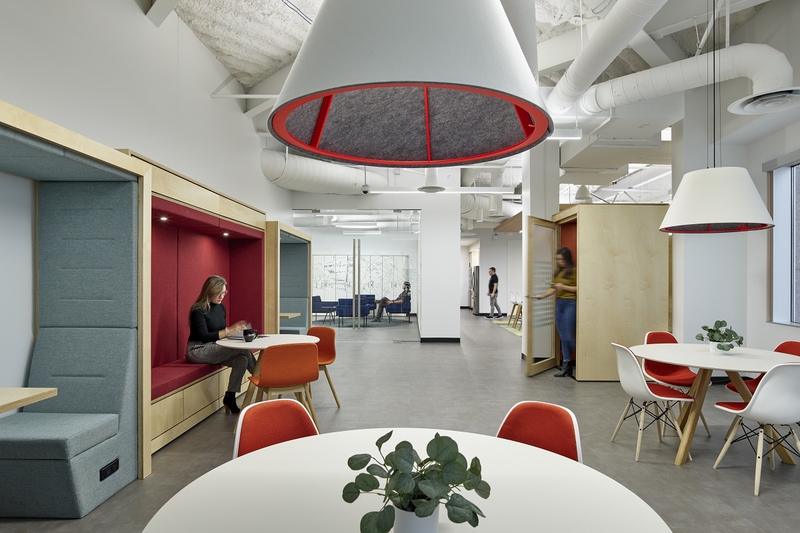
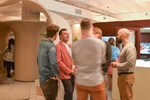
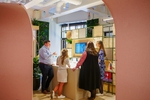

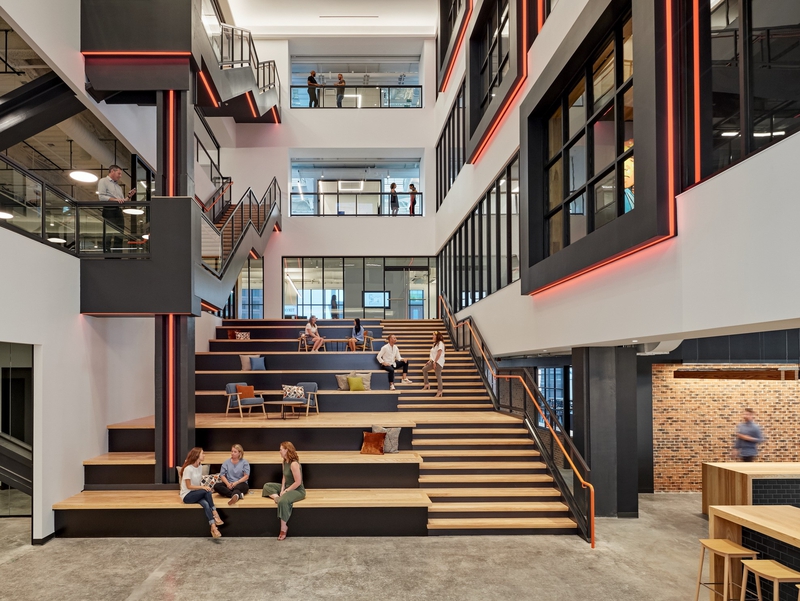
Rapid7 have recently worked with Interior Architects to design their new offices in Boston, a stunning space themed aro…
TECHNOLOGY & IT
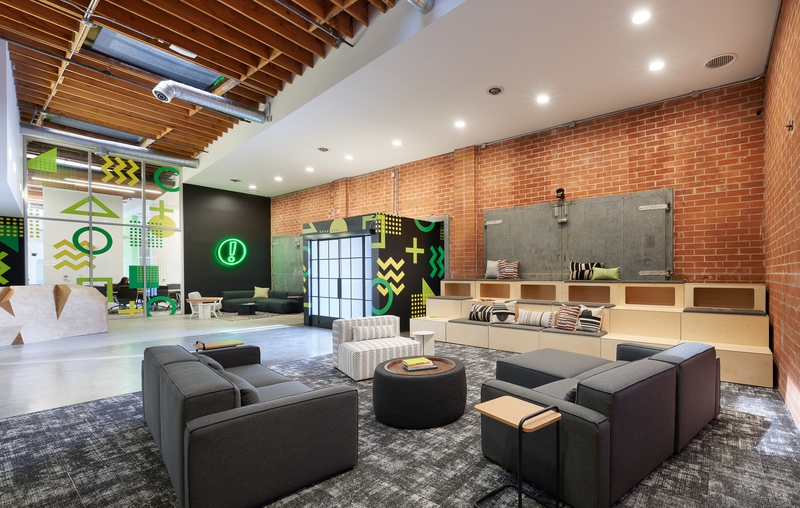
Giving the effect of a strongly visionary culture, an expressive, experiential depiction of what the brand is renowned …
SPORTS, MEDIA & ENTERTAINMENT
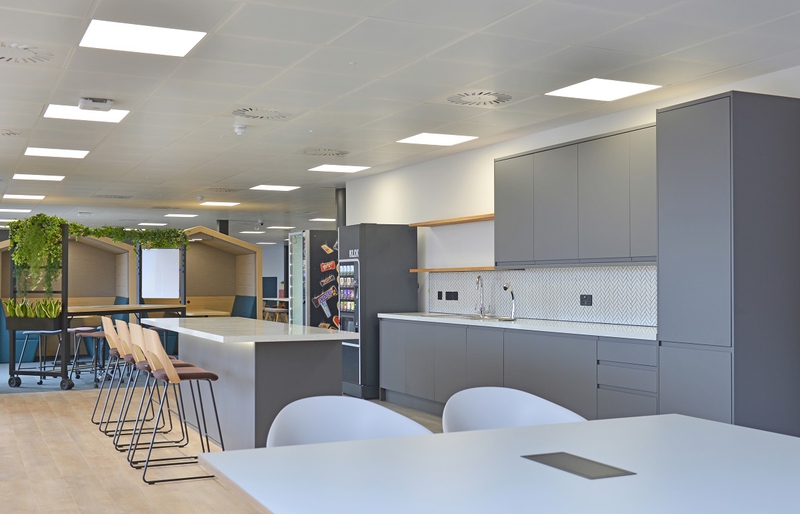
A space crafted to be accessible and highly functional, while fostering bright aesthetic touches and a soft biophilic v…
TECHNOLOGY & IT